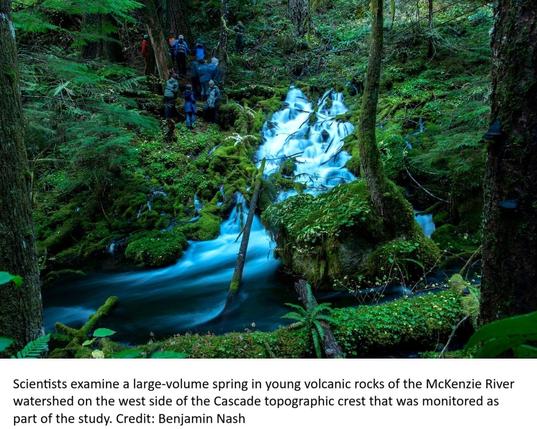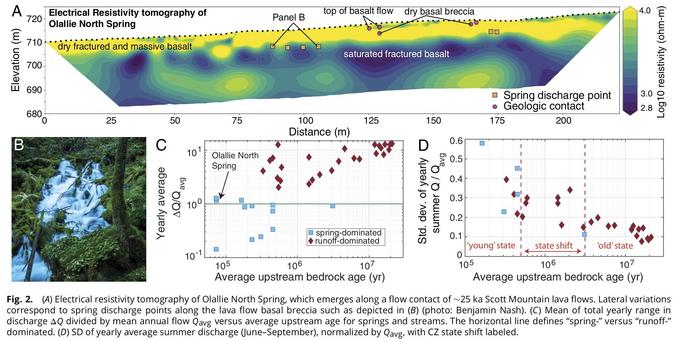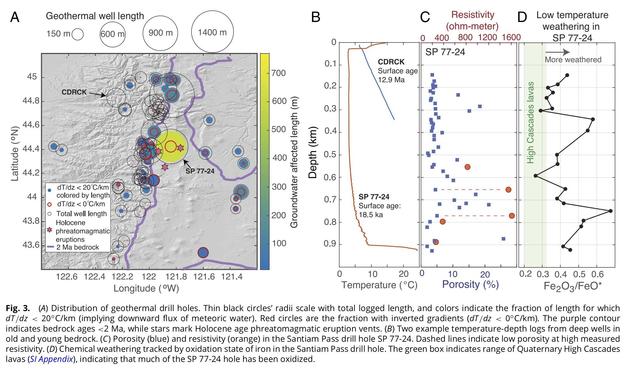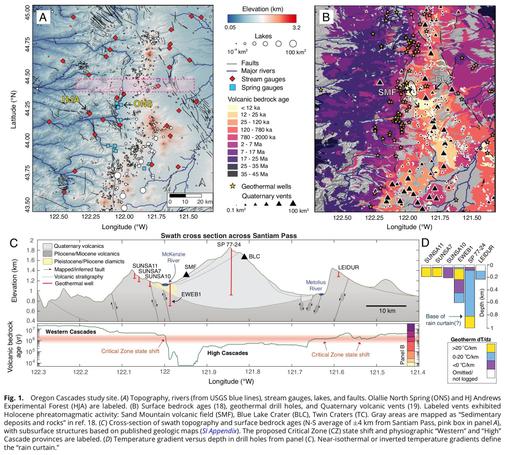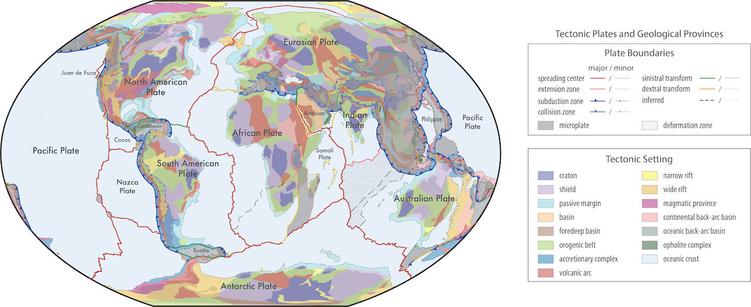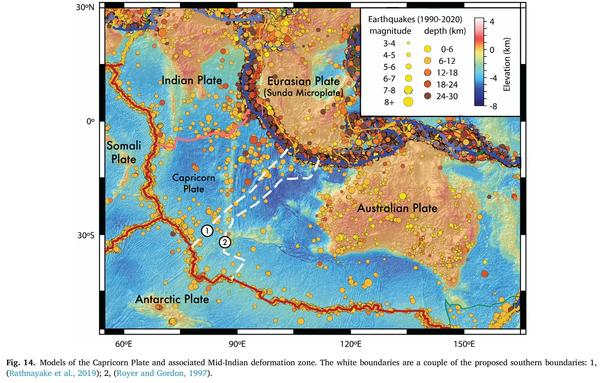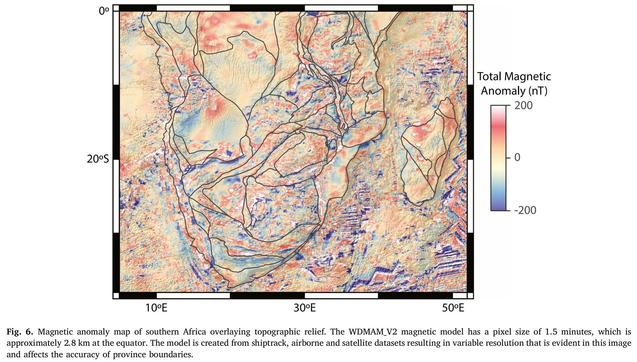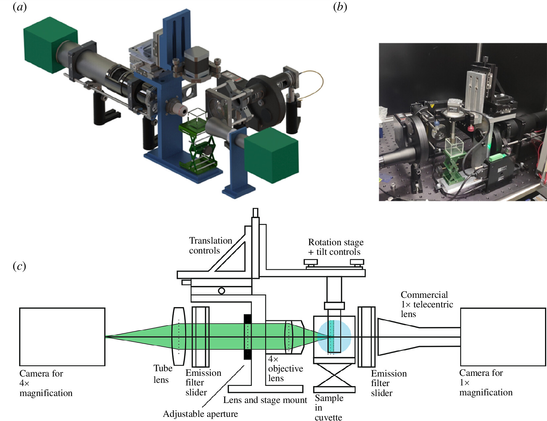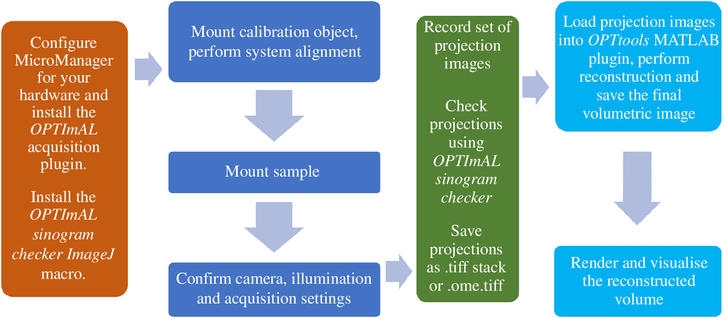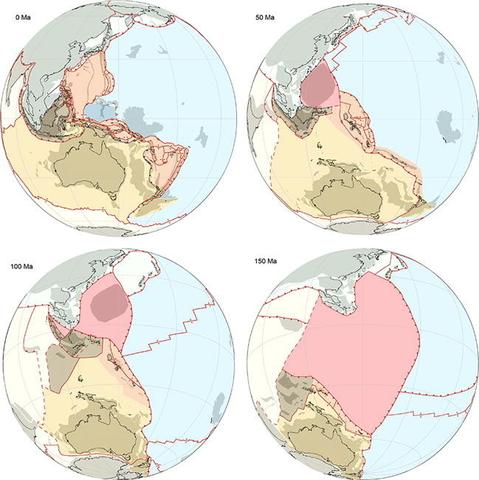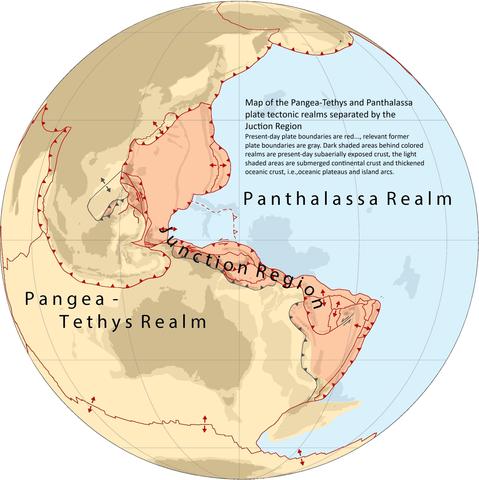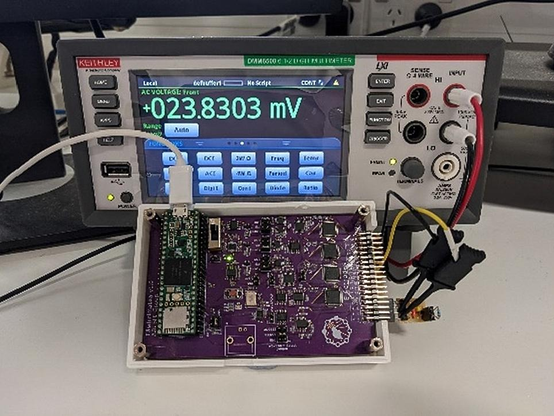✨ Ever wondered how to effortlessly apply lazy expressions to massive tomographic HDF5 datasets and visualize them instantly in Cat2Cloud? 🤯
🎬 Check out this fantastic new video from our very own Luke Shaw! Discover how a bit of Python 🐍 magic and our user-friendly web interface simplify the process.
👇 Watch the full video to see the magic unfold: https://ironarray.io/cat2cloud
#HDF5 #Tomography #LazyEvaluation #DataVisualization #Cat2Cloud
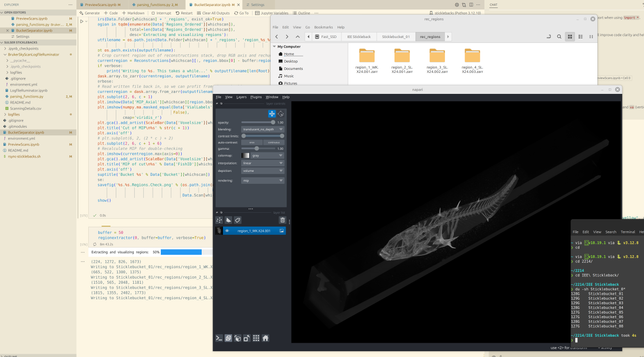

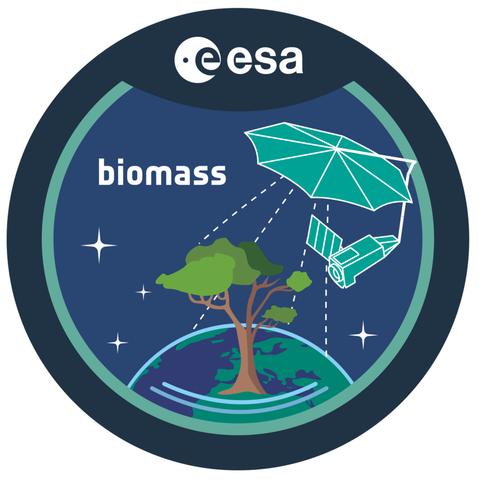
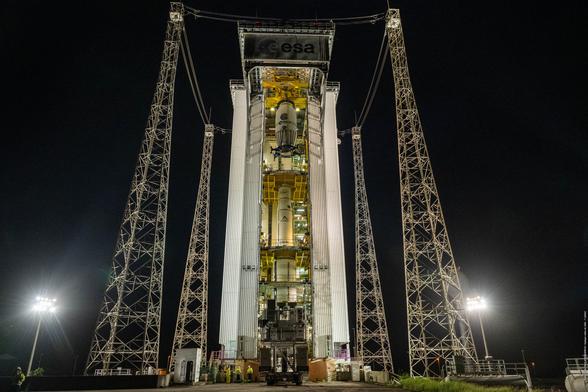
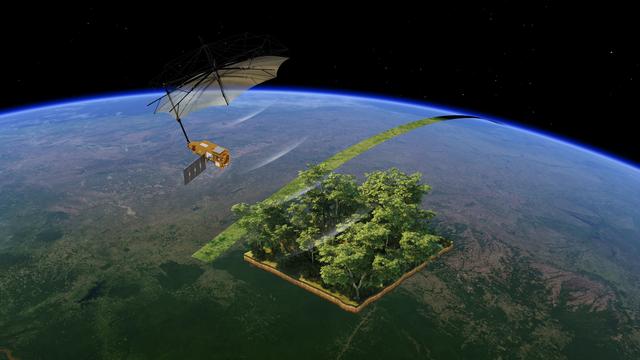
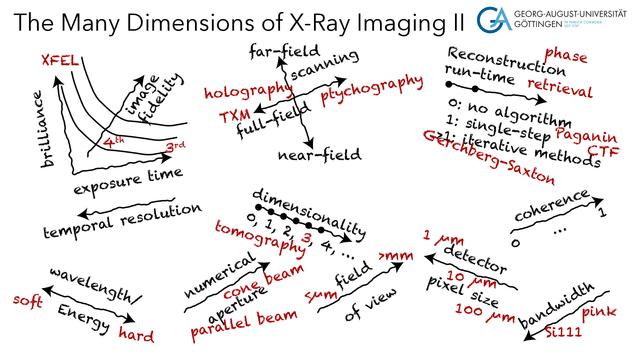
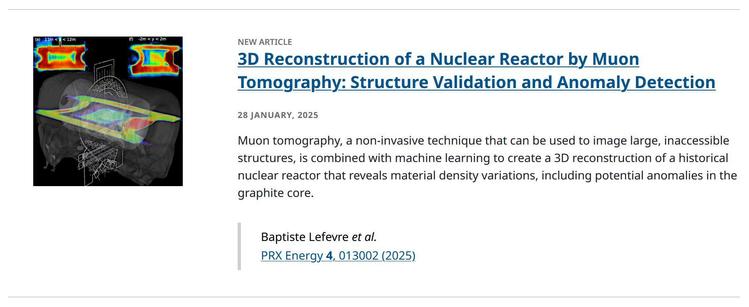
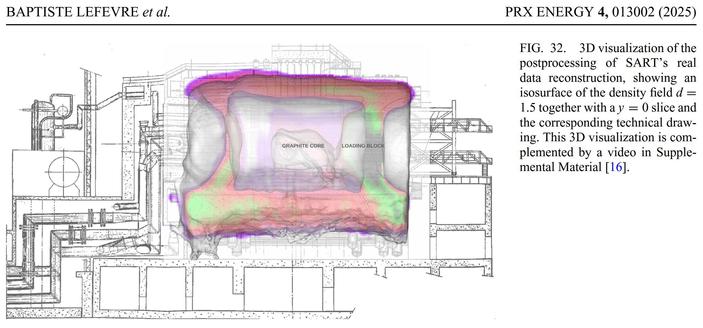
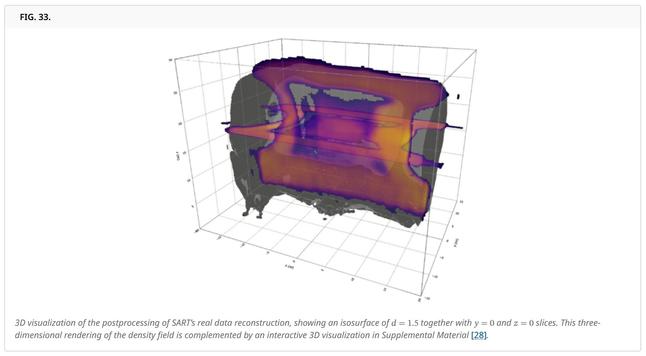
![Das wissenschaftliche Poster beschreibt den Einsatz von FPGAs (Field Programmable Gate Arrays) in der Echtzeit-Tomographie und deren Vorbereitung auf die Datenvolumen der vierten Generation von Synchrotronstrahlungsquellen. Es wurde von der Universität Göttingen und DESY Photon Science entwickelt.
– FPGA Based Live-Reco for Tomography: Das Poster stellt dar, wie FPGAs verwendet werden, um die Datenverarbeitung in der Tomographie zu optimieren, insbesondere für das Göttingen Instrument for Nano-Imaging with X-Rays (GINIX) an den PETRA III und IV Strahlrohren.
– Contrast Transfer Function - Fourier Filter: Es wird erläutert, wie die Kontrastübertragungsfunktion mit Hilfe eines Fourier-Filters modelliert und als Faltung im Realraum implementiert wird. Hierbei werden Vorteile der FPGA-basierten Verarbeitung, wie schnelle Fourier-Transformationen und Realraumfaltungen, diskutiert.
– Fourier vs. Convolution: Vergleich der Methoden in Bezug auf die Bildrekonstruktion und Datenverarbeitungseffizienz.
– GINIX II @ PETRA IV: Processing Problem: Ein Abschnitt des Posters befasst sich mit den Herausforderungen der Datenverarbeitung bei hochauflösender Nano-Bildgebung, wobei Lösungsansätze über FPGAs aufgezeigt werden.
– FPGAs as Pipelined Streaming Processor: Hier wird die Überlegenheit von FPGAs gegenüber traditionellen CPUs hervorgehoben, insbesondere hinsichtlich ihrer Programmierbarkeit und Fähigkeit zur Verarbeitung von Streaming-Daten.
[ChatGPT 4o]](https://files.mastodon.social/cache/media_attachments/files/113/878/078/849/015/755/small/855da2726e936025.jpg)
